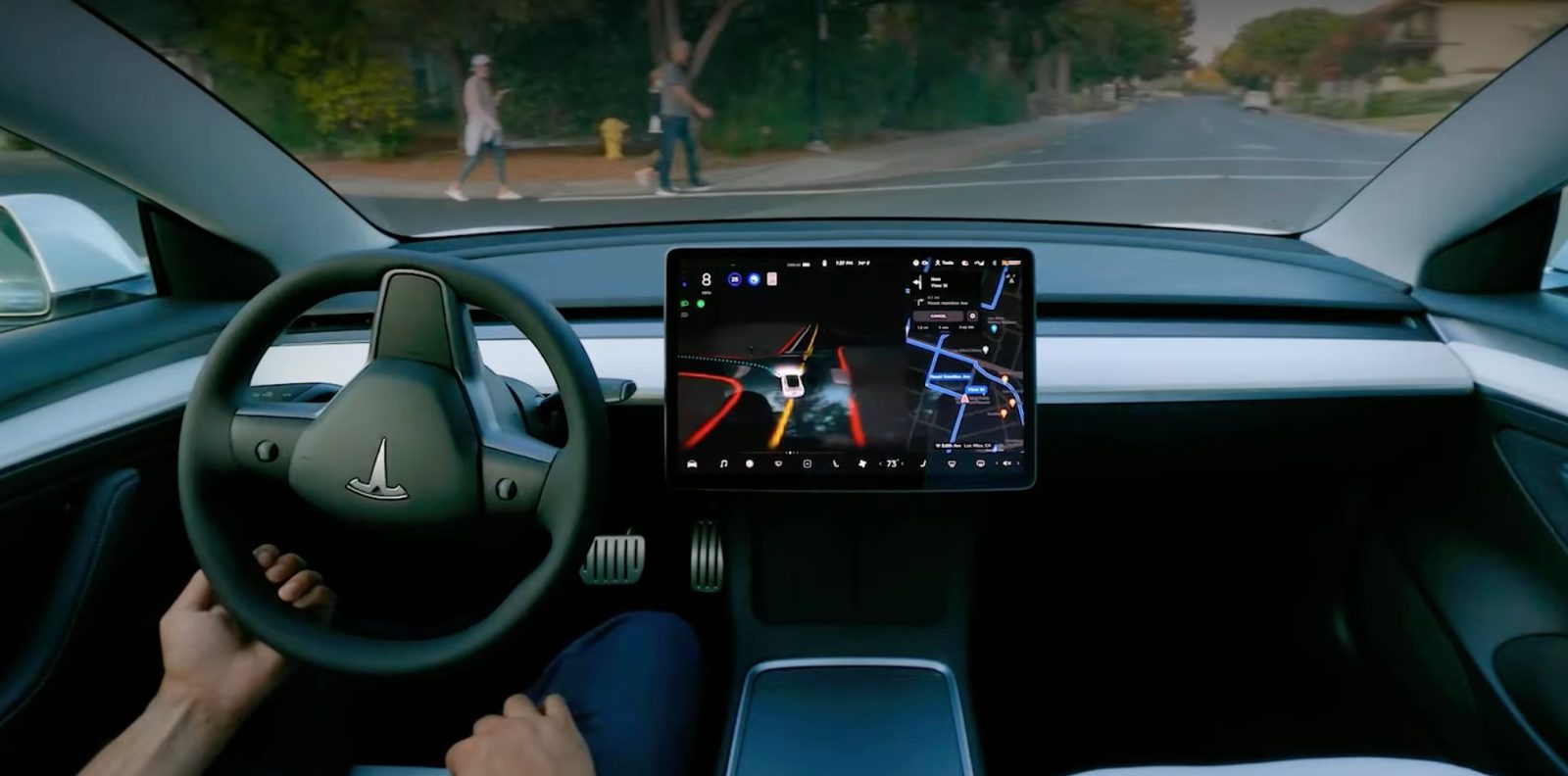Tesla Autopilot Upgrade: Imminent AI Model Release Boosts Autonomous Driving Precision

Tesla Advances Autopilot with Powerful New AI Model Set for Imminent Release
Tesla is on the verge of launching a major upgrade to its autonomous driving software, featuring a revolutionary artificial intelligence model with a tenfold increase in parameters. This enhancement is designed to significantly elevate the vehicle’s ability to interpret its environment and navigate complex road scenarios with greater precision. Accompanying this expansion is a marked improvement in video processing quality, promising sharper sensor input and more reliable decision-making.
Elon Musk has indicated that this cutting-edge update could reach public users as soon as next month, pending the successful completion of ongoing internal testing. This development represents a critical step in Tesla’s roadmap toward enhanced vehicular autonomy and improved driver assistance capabilities worldwide.
Currently, Tesla’s system assists vehicles in managing a wide variety of driving conditions with limited driver involvement, requiring drivers to stay alert and ready to take control when necessary. The forthcoming model aims to advance this functionality by replacing the existing software suite, which is already offered to customers across Europe and China, thereby reflecting Tesla’s commitment to international deployment and scalability.
Transformative Impact of Expanded AI Capabilities
The dramatic increase in the complexity of Tesla’s self-driving brain—reflected in a tenfold growth in AI parameters—signals a leap forward in computational prowess. This enhancement is expected to allow the system to process and analyze driving environments with unprecedented depth, resulting in smarter anticipation of road conditions and more nuanced control of the vehicle’s movements.
Alongside the AI expansion, the upgrade includes advanced video compression technologies that refine how visual data from cameras and sensors is handled. Improved video clarity delivers more detailed scene understanding, enhancing object detection and situational awareness which are critical for safe and effective autonomous driving.
This synergy of a more sophisticated neural network and enhanced video input forms the backbone of the upgrade, pushing the limits of real-time decision-making. As a result, the system is better equipped to handle complex scenarios such as navigating city streets, highway driving, and reacting dynamically to other road users with minimal driver intervention.
Balancing Innovation with Market Challenges
While these technical strides are noteworthy, Tesla is simultaneously navigating broader industry hurdles. The electric vehicle manufacturer faces recent declines in net profitability and diminished sales within European markets. Despite these headwinds, the push to refine autonomous driving technology remains a strategic priority, positioning Tesla to strengthen its competitive edge and long-term growth prospects.
By focusing on breakthroughs in artificial intelligence and sensor technology, Tesla aims to broaden the appeal and functionality of its software, which has the potential to generate new revenue streams and reinforce vehicle desirability in a challenging economic environment. The announced timeframe for public availability suggests confidence in the progress of trials and the readiness of this ambitious upgrade for real-world deployment.
In summary, Tesla’s latest advancement reflects a significant evolution in automotive autonomy, leveraging increased computational power and enhanced sensory input to push closer to fully autonomous capabilities. The upcoming release will be a defining moment for the company’s driver-assistance technology and could reshape expectations for the future of intelligent transportation.
